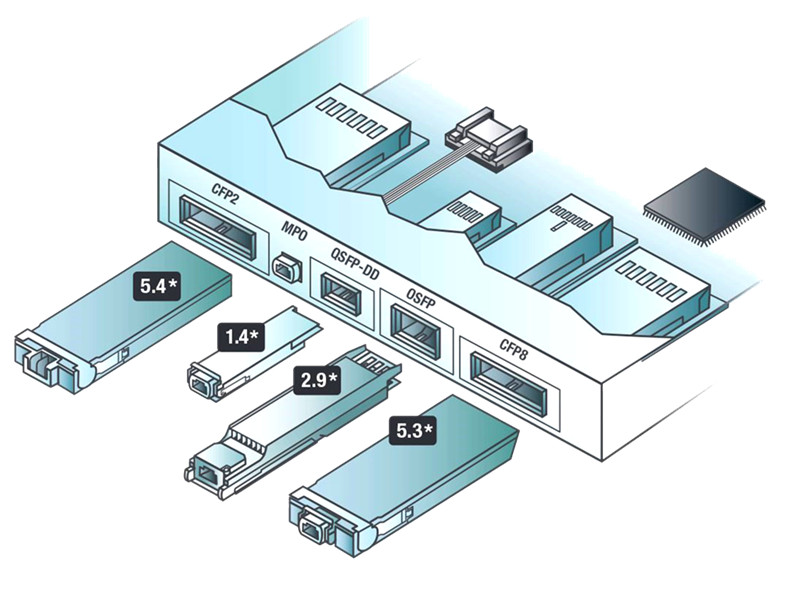The Road to 400G: How PAM4 Modulation Is Transforming Optical Networking
2020-07-20 08:27:28
The Road to 400G: How PAM4 Modulation Is Transforming Optical Networking

Global consumers of data continue to show increasingly insatiable demand for bandwidth. Since the existence of 100G, there had been expectations of better bandwidth technology, 200G, with faster transmission and signals. With such advancements, it is inarguable that the need for 400G within the optical networking space is increasing.
The broader telecommunications landscape projects are set to implement new AI innovations, virtual reality, and 5G. Such will result in a corresponding increase in the need for the capacity and speed of the 400G network. This kind of demand applies particularly to cases of short-range applications such as data center interconnectivity.
While we continue, we will look more into PAM4, which is the modulation scheme that enables short-distance 400G networking. We will also discuss the potentials of this technology in the field of optical networking.
Cost value Propels PAM4-Enabled 400G
For a long time, network engineers have used non-return to zero (NRZ) modulation for 1G, 10G, and 25G networks. Also, they made longer-distance coverage with a host-side forward error connection (FEC). The industry simply paralleled the 10G/25G NRZ modulations to upgrade to 100G from 40G, also with the host-side FEC.
However, these technologies become cost-wise impractical for achieving speeds of 200G/400G and even more. Hence, optical networking engineers adopted the use of PAM4 modulation to enable these high-bandwidth network architectures.
PAM4 is a modulation system that integrates two bits into one symbol with four levels of amplitude. With this technique, it efficiently doubled the data rate of a network. And it enabled 400G for short-haul transmission. Hence, this scheme serves as a means to cut costs for network operators, giving it the edge over NRZ. Overall, PAM4 technology will play significant roles in networking as a solid backbone for optical networking in years to come.
Deployment Timelines: Upgrading Networks for 400G
PAM4 indeed allows operators of the optical networks to utilise short-haul transmission of 400G system. Even at that, it creates a penalty on SNR, signal-to-noise ratio. As a result, the transmission distance becomes shorter, ranging at distances up to 10 km. In the meantime, it becomes more significant for FEC to reduce signal integrity loss.
The application of PAM4 may not bring about the need for more equipment, although the distances of network transmission are shorter. Nevertheless, it makes necessary the requirement for more error connection, signal processing, and better-performing components within a network’s framework.
Also, optical transceivers with the capacity of 400G tend to consume more power compared to optical transceivers for 100G or less. There will also be a new generation of network switches for PAM4-enabled transceivers for the 400G network.
All in all, network operators will continuously show increased interest in the 400G network transmission. Even at that, this technology may take some ample time before being deployed globally.
Facebook mentioned earlier that it was not ready to upgrade to 400G even with the bandwidth demands of its subscribers. According to the company, the team decided that the network technology was not fully prepared for widespread deployments.
On the other hand, however, Sate Optics is investing in the upgrade of its network to 400G. The motive behind this action is to support the exceptional traffic waves that 5G guarantees.
From an angle of 5G, the interconnectivity of short-haul 400G data centers hopes to become significant for service providers. This is mainly for network providers taking advantage of the enhanced network virtualisation.
The 400G network is still in its early years. Even at that, the need to satisfy the bandwidth demands of global network subscribers is significant. With this demand at hand, the Sate Optics team is ready to release the 400G capable optical transceivers. As a result, they can cater to the increasing needs of high-quality optics of the next generation.

Previous:No More
Next:Cisco 400G Digital Coherent Optics QSFP-DD Optical Modules


